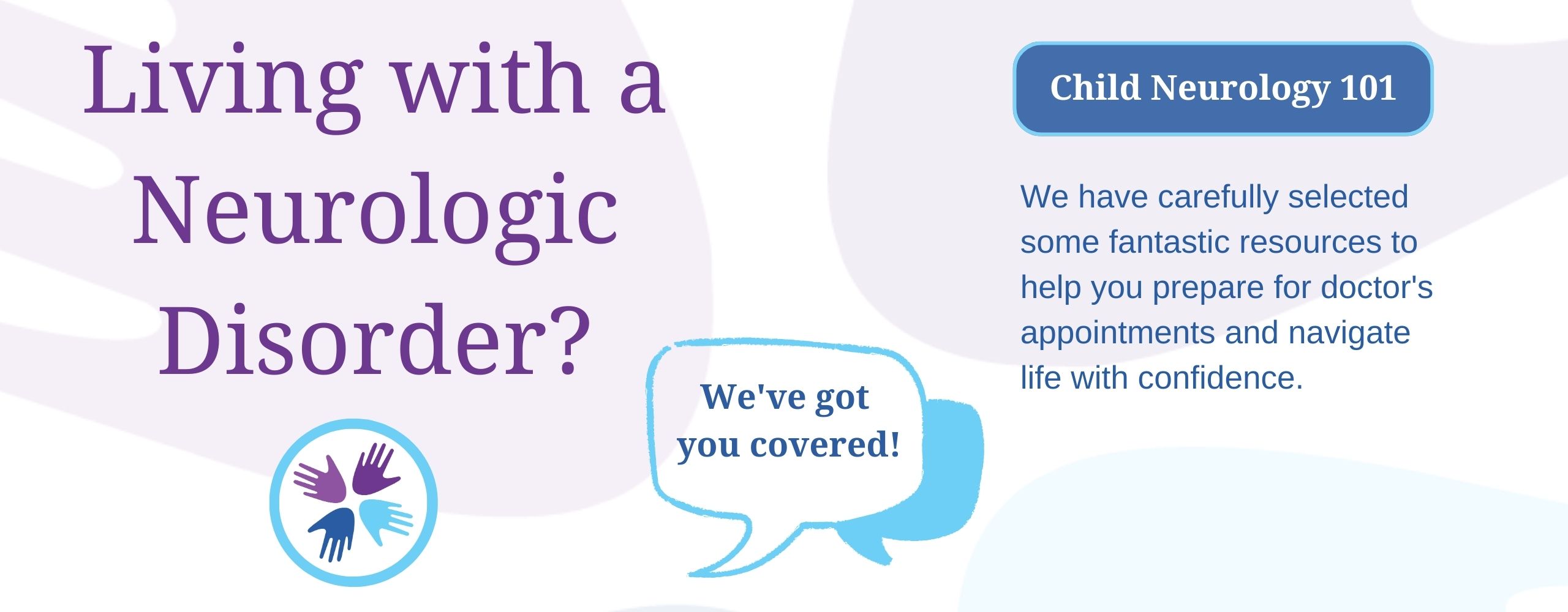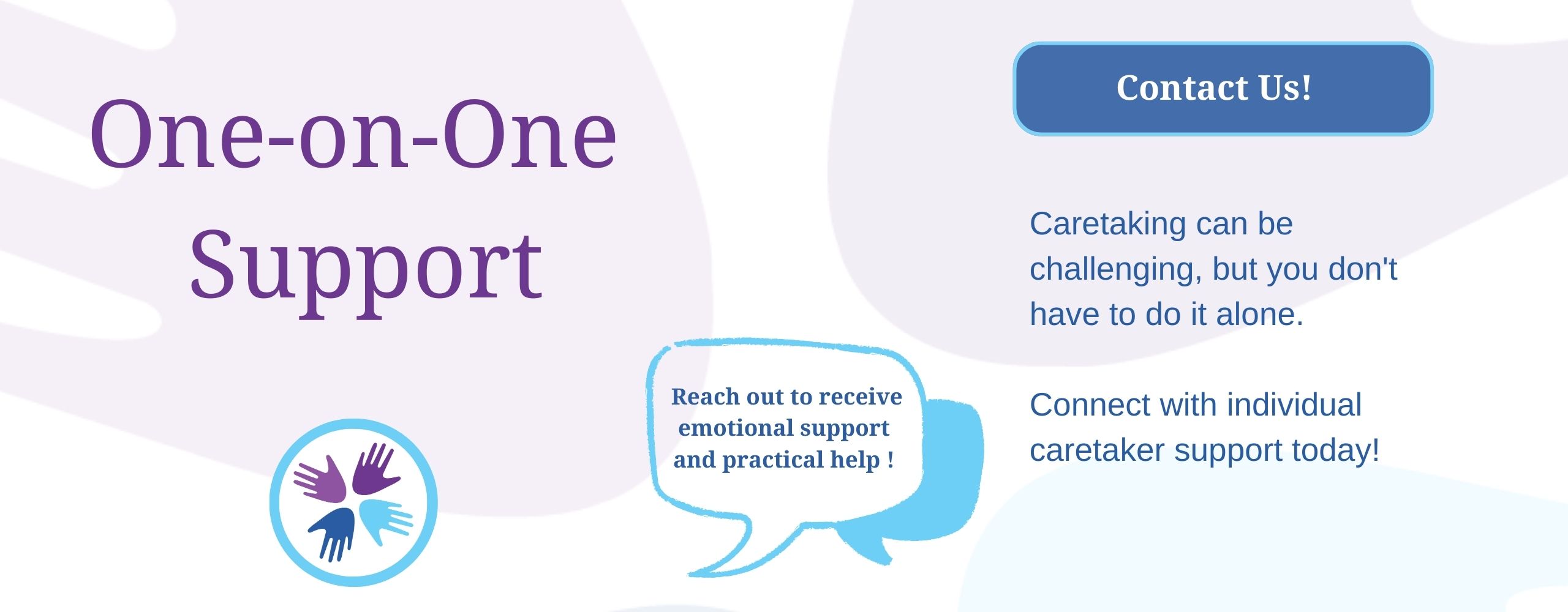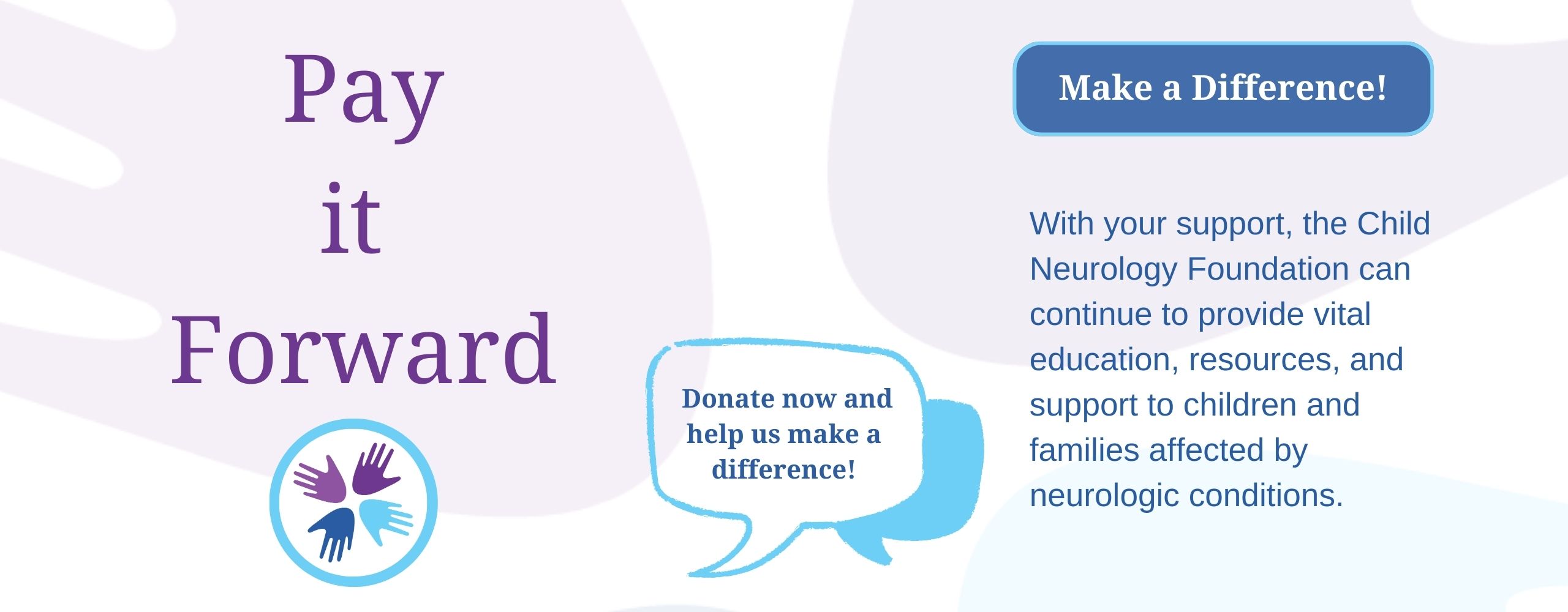

Authors: Dorottya B. Kacsoh, University of Central Florida College of Medicine
Alison L. Christy, MD, PhD, Providence Pediatric Neurology at St. Vincent Medical Center—Portland, Oregon
Reviewed: December 2023
SUMMARY
Myelin oligodendrocyte glycoprotein antibody-associated disease (MOGAD) is an autoimmune disease. It affects the nerves in the brain and spinal cord. MOGAD occurs suddenly. It often follows a viral infection.
The condition may present more than once. Most children have a very good recovery with treatment.
JUMP TO
Disorder Overview
DESCRIPTION
The immune system is supposed to attack pathogens, such as viruses and bacteria. This is how it fights disease. Autoimmune conditions happen when the immune system does not recognize the body’s normal cells. The immune system then attacks the normal cells.
Many nerves are surrounded by myelin. Myelin is an insulating material. It allows signals in the nervous system to be sent faster. The layer of myelin that covers nerves in the brain and spinal cord is called the myelin sheath.
In MOGAD, the immune system forms antibodies against myelin oligodendrocyte glycoprotein (MOG). MOG is a component of the myelin sheath in the brain and spinal cord. A disease that damages myelin is called a demyelinating disease.
MOGAD occurs more commonly in children than in adults. It affects males and females equally.
SIGNS AND SYMPTOMS
People who develop MOGAD may have any combination of the following symptoms.
Acute disseminated encephalomyelitis (ADEM)
Acute disseminated encephalomyelitis (ADEM) is an autoimmune demyelinating disease of the brain and spinal cord. It is associated with changes in mental function. This is the most common presenting symptom in children less than ten years of age. Relapses occur in about 38% of people who have the MOG antibody.
Optic neuritis
Optic neuritis is inflammation of the optic nerves. The optic nerves connect the eyes to the brain. Optic neuritis may cause changes in vision, loss of vision, and pain with eye movement. This is more common in older children and adults. Relapses occur in 30 to 50% of people with MOGAD.
Transverse myelitis
Transverse myelitis is inflammation of the spinal cord. Symptoms may include changes in sensation, changes in motor function, and problems with bladder and/or bowel control. Symptoms depend on the part of the spinal cord that is affected. Recurrence is rare in people who presented with transverse myelitis as the only symptom.
Other, less common symptoms include:
- Cerebral cortical encephalitis
- Brainstem or cerebellar involvement
Cerebral cortical encephalitis can present with:
Some cases of MOGAD have been associated with anti-N-methyl-d-aspartate (NMDA) receptor encephalitis. This is a type of autoimmune encephalitis.
CAUSES
It is not known why some people develop MOGAD. It frequently happens after an illness.
LABORATORY INVESTIGATIONS
The following tests can help diagnose MOGAD.
Magnetic Resonance Imaging (MRI)
MRI may be taken of:
- The brain. The lesions in the brain typically involve both sides. They usually involve the white matter of the cortex. They can also involve deeper structures, like the basal ganglia. The brainstem and cerebellum may also be involved. The lesions may look “fluffy” or “cloudy” on MRI. This means that the edges of the lesions are not crisp and clearly defined.
- The optic nerves. During the first attack, both optic nerves are typically involved. The lesion affects a long portion of the optic nerves. Typically, the area closer to the eyeballs is affected. If the child has more than one attack, only one optic nerve may be involved.
- The spinal cord. In most children, there is a long lesion that spans at least three vertebral segments. The base of the spinal cord, called the conus medullaris, is frequently involved.
Serum Antibody Testing
Serum is a component of blood. If your child’s physician suspects MOGAD the serum will be tested for MOG antibodies and AQP4 antibodies.
In MOGAD, levels of MOG are frequently elevated. This is especially true during the attack. It is more likely to be elevated in the serum than in the CSF. However, levels may be normal at first. They can become elevated if the child has more attacks. Levels may be normal between attacks.
AQP4 antibodies are used to test for NMO too.
Lumbar Puncture (LP)
A lumbar puncture is a procedure in which a needle is inserted between two vertebrae in the lower back. Cerebrospinal fluid (CSF) is then obtained. CSF is the fluid that surrounds the brain and spinal cord.
The CSF may have elevated white blood cells and/or protein. These are markers of inflammation.
The CSF may be tested for MOG antibodies. It is rare that the CSF would contain MOG antibodies if the serum does not. For this reason, testing for MOG antibodies in the serum is preferred.
Aquaporin-4 (AQP4) antibodies may also be tested. These are present in neuromyelitis optica (NMO). NMO is a different demyelinating disease. It can present similarly to MOGAD.
Because of the association between MOGAD and anti-NMDA receptor encephalitis, an autoimmune panel that tests for antibodies associated with autoimmune encephalitides may be sent.
Oligoclonal bands may be present in a small percentage of people. Oligoclonal bands are a type of protein that is typically elevated in multiple sclerosis (MS).
TREATMENT AND THERAPIES
The treatment is planned with a child neurologist. The treatment for an acute attack may be any combination of the following:
Steroids
Intravenous immunoglobulin G (IVIG)
Depending on the severity of the attack, some children might require intubation and/or a feeding tube.
OUTLOOK
Most children with ADEM will have a complete recovery. However, sometimes the lesions on the MRI will not completely resolve. Children who have more extensive involvement on MRI have poor recovery.
Most children with optic neuritis will have good recovery of their vision. Adults are less likely to have a good recovery from optic neuritis.
Transverse myelitis typically fully resolves. However, people may continue to have problems with bladder and bowel control.
MOGAD may only happen once, or it may be relapsing. Relapses are most common in the first six months after the first attack. Relapses are also more common if MOG antibodies are positive. Adults are more likely to have relapses than children.
Because many people only have MOGAD once, maintenance therapy is typically not started at first. If someone has multiple relapses, long-term treatment options may be considered.
RELATED DISORDERS
Related disorders include:
- Neuromyelitis optica
- Multiple sclerosis
- Anti-NMDA receptor encephalitis
The links and resources included in this section are solicited directly from the community by the Child Neurology Foundation through a formal submission process. CNF reserves the right to remove entities at any time if information is deemed inappropriate or inconsistent with the mission, vision, and values of CNF. The authors listed on this page have not endorsed the resources or links provided in this section.
Resources
The MOG Project
The MOG Project is devoted to raising awareness, educating doctors, patients, and caregivers and also advancing research through expert collaboration and fundraising. They provide support for the MOGAD community through their many resources and connections with other members. The MOG Project offers a variety of support groups for the MOGAD Community as well as the MOG Antibody / Anti MOG Support and Info private Facebook group.
Siegel Rare Neuroimmune Association
The Siegel Rare Neuroimmune Association (SRNA) is a not-for-profit international organization dedicated to the support of children, adolescents, and adults with a spectrum of rare neuroimmune disorders including: Acute Disseminated Encephalomyelitis (ADEM), Acute Flaccid Myelitis (AFM), MOG Antibody Disease (MOGAD), Neuromyelitis Optica Spectrum Disorder (NMOSD), Optic Neuritis (ON) and Transverse Myelitis (TM).
Their mission is to support individuals living with rare neuroimmune diagnoses and their families, promote awareness to empower patients, families, clinicians, and scientists, through education programs (such as the SRNA Quality of Life Family Camp for children and their families diagnosed with a rare neuroimmune disorder) and publications and, to build a collaborative and dedicated clinical care network and help advance scientific understanding and research.
The Sumaira Foundation
The Sumaira Foundation (TSF) is a 501(c)(3) organization dedicated to generating global awareness of Neuromyelitis Optica Spectrum Disorder (NMOSD) and myelin oligodendrocyte glycoprotein antibody associated disorder (MOGAD). The Foundation is passionate about creating communities of support for patients and their caregivers through their online TSF Support Group meetings. TSF supports research and advocates on behalf of patients. This organization is proud to be patient-led, patient-powered, and science-driven.
Family Stories
The MOG Project’s MOG Blog is full of highlights and inspirational stories from the MOG community.
Research
These are clinical trials that are recruiting or will be recruiting. Updates are made daily, so you are encouraged to check back frequently.
ClinicalTrials.gov is a database of privately and publicly funded clinical studies conducted around the world. This is a resource provided by the U.S. National Library of Medicine (NLM), which is an institute within the National Institutes of Health (NIH). Listing a study does not mean it has been evaluated by the U.S. Federal Government. Please read the NLM disclaimer for details.
Before participating in a study, you are encouraged to talk to your health care provider and learn about the risks and potential benefits.
For more information about participation in clinical trials, check out our education hub on the topic here.
Information for research and clinical trials specific to MOGAD can be found on the Siegel Rare Neuroimmune Association, The MOG Project, and The Sumaira Foundation websites.
The information in the CNF Child Neurology Disorder Directory is not intended to provide diagnosis, treatment, or medical advice and should not be considered a substitute for advice from a healthcare professional. Content provided is for informational purposes only. CNF is not responsible for actions taken based on the information included on this webpage. Please consult with a physician or other healthcare professional regarding any medical or health related diagnosis or treatment options.
References
Al-Ani A, Chen JJ, Costello F. Myelin oligodendrocyte glycoprotein antibody-associated disease (MOGAD): current understanding and challenges. J Neurol. 2023 Aug;270(8):4132-4150. https://doi.org/10.1007/s00415-023-11737-8. Epub 2023 May 8. PMID: 37154894; PMCID: PMC10165591.
Banwell B, Bennett JL, Marignier R, Kim HJ, Brilot F, Flanagan EP, Ramanathan S, Waters P, Tenembaum S, Graves JS, Chitnis T, Brandt AU, Hemingway C, Neuteboom R, Pandit L, Reindl M, Saiz A, Sato DK, Rostasy K, Paul F, Pittock SJ, Fujihara K, Palace J. Diagnosis of myelin oligodendrocyte glycoprotein antibody-associated disease: International MOGAD Panel proposed criteria. Lancet Neurol. 2023 Mar;22(3):268-282. https://doi.org/10.1016/S1474-4422(22)00431-8. Epub 2023 Jan 24. PMID: 36706773.
Sechi E, Cacciaguerra L, Chen JJ, Mariotto S, Fadda G, Dinoto A, Lopez-Chiriboga AS, Pittock SJ, Flanagan EP. Myelin Oligodendrocyte Glycoprotein Antibody-Associated Disease (MOGAD): A Review of Clinical and MRI Features, Diagnosis, and Management. Front Neurol. 2022 Jun 17;13:885218. https://doi.org/10.3389/fneur.2022.885218. PMID: 35785363; PMCID: PMC9247462.
Valencia-Sanchez C, Guo Y, Krecke KN, Chen JJ, Redenbaugh V, Montalvo M, Elsbernd PM, Tillema JM, Lopez-Chiriboga S, Budhram A, Sechi E, Kunchok A, Dubey D, Pittock SJ, Lucchinetti CF, Flanagan EP. Cerebral Cortical Encephalitis in Myelin Oligodendrocyte Glycoprotein Antibody-Associated Disease. Ann Neurol. 2023 Feb;93(2):297-302. https://doi.org/10.1002/ana.26549. Epub 2022 Dec 2. PMID: 36372941; PMCID: PMC10107670.
Thank you to our 2023 Disorder Directory partners:







